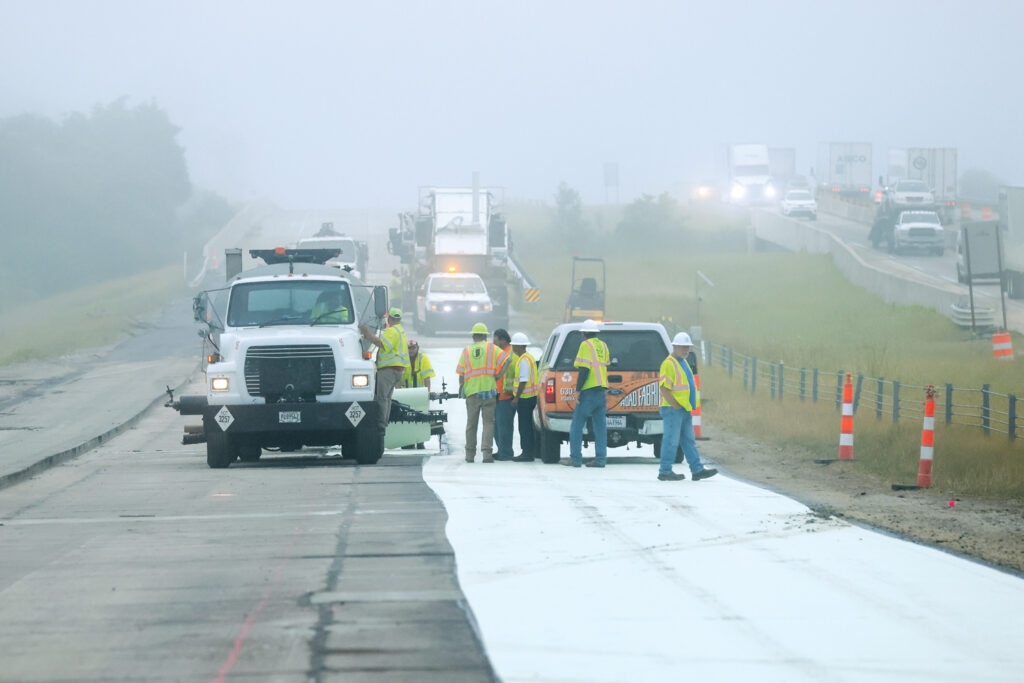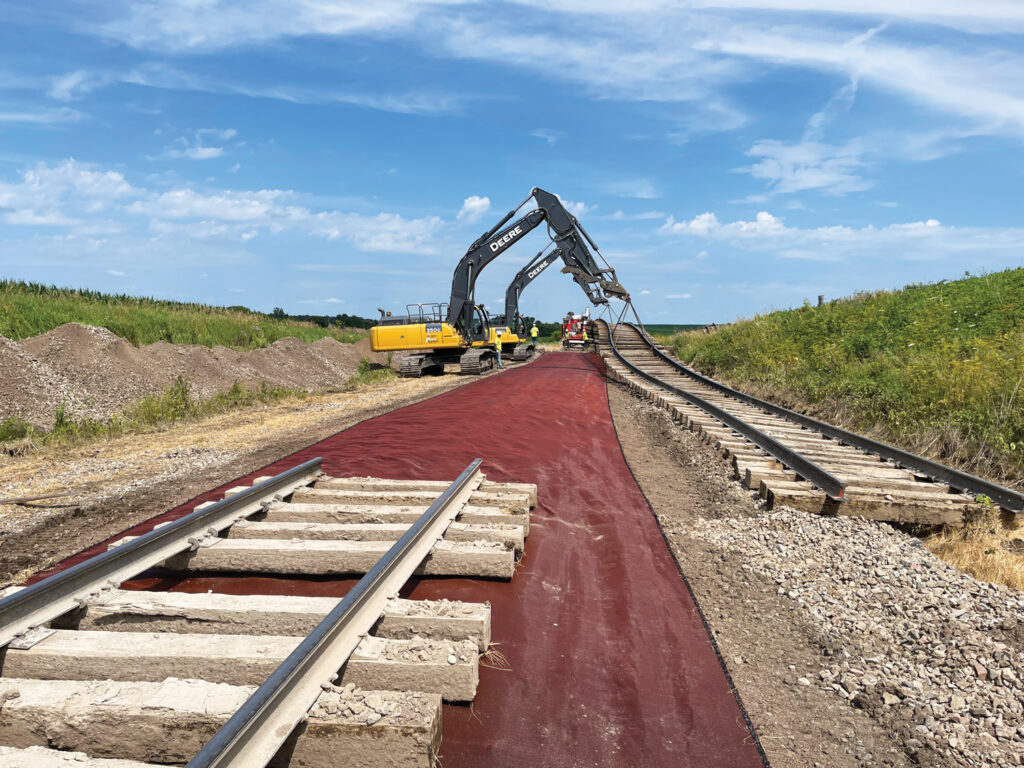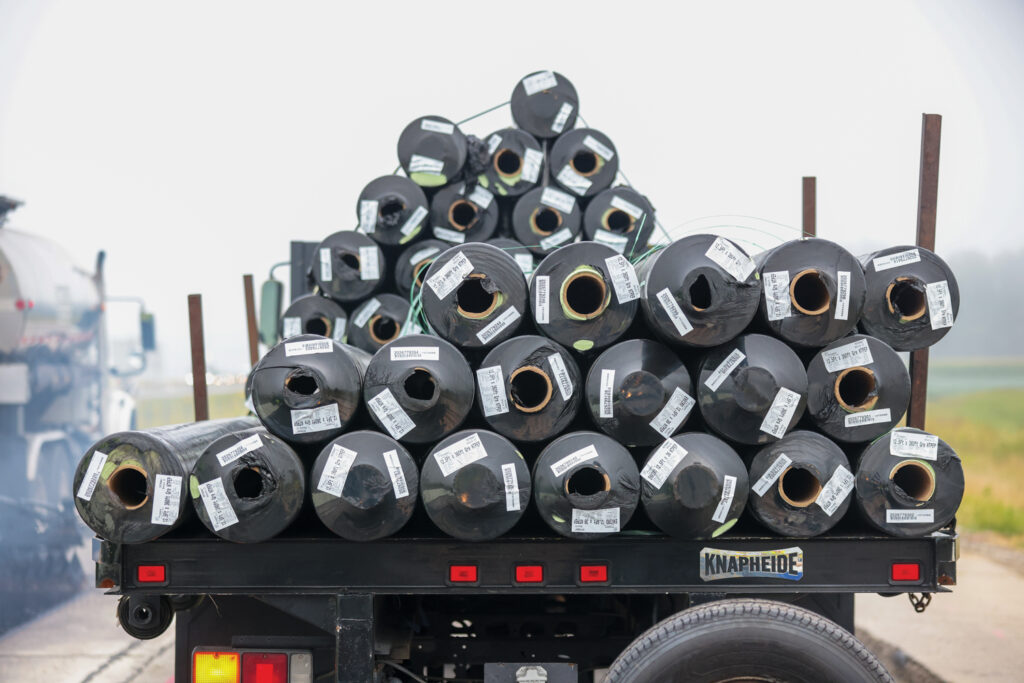
The $1.2 trillion bipartisan InfrastructureInvestment and Jobs Act (IIJA) was passed more than two years ago to invest in America’s crumbling infrastructure, providing funding to rebuild roads and bridges, replace lead pipes, help provide high-speed internet across the country, and deliver cleaner energy.
But what has happened since? As of Jan. 10, 2024—the latest date for which such information is available—$415 billion of the funding “has been announced and is headed to states, Tribes, territories and local governments with thousands of specific recipients and projects identified,” according to the White House, which has published an interactive map on its website, WhiteHouse.gov, that shows announced and select awarded funding locations and projects. All of the announcement data represented on the map, including award and project locations and funding amounts, is preliminary and non-binding, and awards may be contingent on meeting certain requirements, the White House notes.
A glance at the map filled with colorful dots indicates many public infrastructure projects potentially in the works, but some geosynthetics companies say they have not yet noticed the law’s impact. “I don’t think very much money has been released yet,” says Keith Gardner, a business partner representing Conover, N.C.-based Dalco Nonwovens and Union, S.C.-based Global Felt Technologies. Dalco is a needlepunch nonwovens company that makes and sells materials to distributors for geotextiles and other industries.
Although he believes the rollout has been slow, Gardner says anything having to do with infrastructure, highways, railroads and airports are going to benefit from the law. “Roads will probably be the biggest component of this law,” he says.
Funding faucet turned on
Unlike Gardner, Jonathan Curry, executive director of the Erosion Control Technology Council, is starting to see infrastructure funding flowing into communities. “I know there are projects at different levels across the country and money has started to flow into them,” he says. “Most of the projects are either maintenance and rehabilitation projects or medium- and large-size projects. I am not sure if mega projects, which would be [something] like massive bridge projects, have received much money yet.”
While the White House map is one place to assess the law’s impact, Gardner relies on information from distributors and contractors in local communities to understand how the law is rolling out or affecting their communities and would advise others to do the same.
“Local knowledge is everything,” he says. “They are the boots on the ground. They know what’s going on in their communities. I trust them, and they have relationships with the big contractors.”

Challenges ahead
Both Gardner and Curry anticipate hurdles for companies that want to participate in the work generated by the law. One of the challenges involves the requirements of the Build America, Buy America (BABA) rule, which establishes that the threshold for noncompliant products is no more than the lesser of $1 million or 5% of total allowable costs. A later clarification of the rule states that waivers are available when applying the BABA requirement when it “would be inconsistent with the public interest,” according to the Federal Highway Administration.
The BABA provision could have a chilling effect because engineering firms seeking materials for projects tend to be risk-averse and will not want to be caught doing a project that won’t be funded and paid for, Curry says. “If they view the Buy American provisions as a risk, and if they utilize or spec a material that’s not approved, then I am hearing that the funding for that could be at risk. It could be delayed or there could be potential clawbacks,” he says.
Some industries, such as steel, have already been granted waivers, Curry notes.
Compliance requires research
For companies interested in taking part in projects funded by the infrastructure law, Curry advises them to do their homework. “They should do their due diligence on the front end so they can answer any questions that a designer or contractor may have when it comes to utilizing their products,” he says. “Don’t be lax and say, ‘I think our products are compliant.’ Don’t make any assumptions or take anything
for granted.”
Curry says a range of federal and state agencies will be involved in ensuring that products are made in America. “I think there are responsibilities up and down that chain where there is fed oversight over Buy America—federal highways [for example] and the states that are accepting the federal money have to make sure they are compliant with the law,” Curry says. “I think everybody’s got shared responsibilities.”
For geosynthetics manufacturer Solmax, doing due diligence is already an ingrained practice. “Our technical, sales and product management groups work closely with the various state departments of transportation [DOTs] and public agencies to ensure our products meet the requirements of the agency’s standards,” says John Lostumbo, vice president of marketing and technical services for Solmax. “This includes material property testing for quality control purposes and in some cases performance testing required for approval and listing on DOT Approved Products Lists/Qualified Products Lists.”
Solmax has also participated in the American Association of State Highway Transportation Officials product evaluation program, formerly called the National Transportation Product Evaluation Program, since its inception more than 15 years ago. This program includes third-party testing and auditing of products and manufacturing facilities as well as stringent labeling requirements for geosynthetic materials, he says.

Bumpy road to infrastructure law rollout
As the company takes appropriate measures, Lostumbo says the rollout of the law has not always been smooth. “The biggest challenge of the law is the interpretation and application of the requirements,” he says. “We have seen some inconsistencies in the way the various state DOTs are handling these requirements. They range from incorrectly thinking the BABA requirements only apply to iron and steel, to DOTs understanding the requirements and revising their standard specification
to follow BABA.”
In addition, there was initial confusion about what category geosynthetics fall into, but guidance released in August 2023 clarifies that most geosynthetics classify as construction materials. “Yes, there will be some exceptions to this depending on the specific product, especially composite materials, but most geosynthetics that are already in standard DOT specifications will classify as construction materials,” Lostumbo says.
BABA affects how companies conduct business
The BABA provision is affecting how geosynthetics companies are doing business, both within the U.S. and abroad. “I think global geosynthetic manufacturers are already building U.S. plants to fit into the Buy American provisions,” Curry says. “Folks are looking to establish manufacturing facilities here in the U.S. They are looking to support sourced materials that are compliant with the law because there’s a huge opportunity. There’s a lot of new money going into the system.
“I think companies are making business decisions based on the law,” Curry adds. “They need to remain competitive, especially when you are talking about products with wafer-thin profit margins. They are looking at all the angles when they make business decisions.”
Labor shortage could affect infrastructure law project rollout
Another challenge affecting the law’s projects is the skilled labor shortage. “Distributors and contractors are telling me they can’t find labor,” Gardner says. “That’s the biggest issue facing us now.”
“Workforce issues are driving up delays in implementation and rollout across the country,” Curry says. “You just don’t have enough people to execute work.”
The American Council of Engineering Companies estimates that the infrastructure law will create 82,000 full- and part-time jobs in engineering and design services—and that estimate comes with the engineering workforce already at full employment before implementation of the law.
“I hear from distributors, contractors and producers that they are paying more for jobs,” Gardner says. “Everyone is having to pay more to keep the labor they have.”
Looking forward
While there are hurdles to overcome, Gardner, Curry and Lostumbo agree that the infrastructure act promises to be a boon for geosynthetics companies.
“I feel this is going to be good for our industry,” Gardner says. “This is all about what’s going to happen.”
“I do think there will be a big benefit to the geosynthetic market in North America because of this law,” Curry says. “I think a policy like BABA, if not implemented properly, and if companies are not doing their due diligence, could hurt that growth.”
Annemarie Mannion is a freelance writer based in Willowbrook, Ill.
SIDEBAR: How can companies make the most of the Infrastructure Investment and Jobs Act?
It’s crucial for geosynthetics companies to know and understand the implications of the law. Jonathan Curry, executive director of the Erosion Control Technology Council, advises being proactive about gathering information and understanding the law. “Get active. Track data. Look state to state for trends,” he says.
Reviewing federal and state websites such as the White House website or the U.S. Department of Transportation is one way to access up-to-date information. In addition, trade associations often have experts who track and provide updated information.
With its Build America, Buy America rule, Curry emphasizes that manufacturers will need to know what’s going into their products and where those items are produced.
He doesn’t expect manufacturers will have anyone but themselves to rely on for that.
“Whether it is a manufactured, natural or assembled product, I think it is incumbent on the manufacturers to know the sourcing,” he says. “They are going to have to do that work on their own. But sourcing materials is what they do every day.”
 TEXTILES.ORG
TEXTILES.ORG


